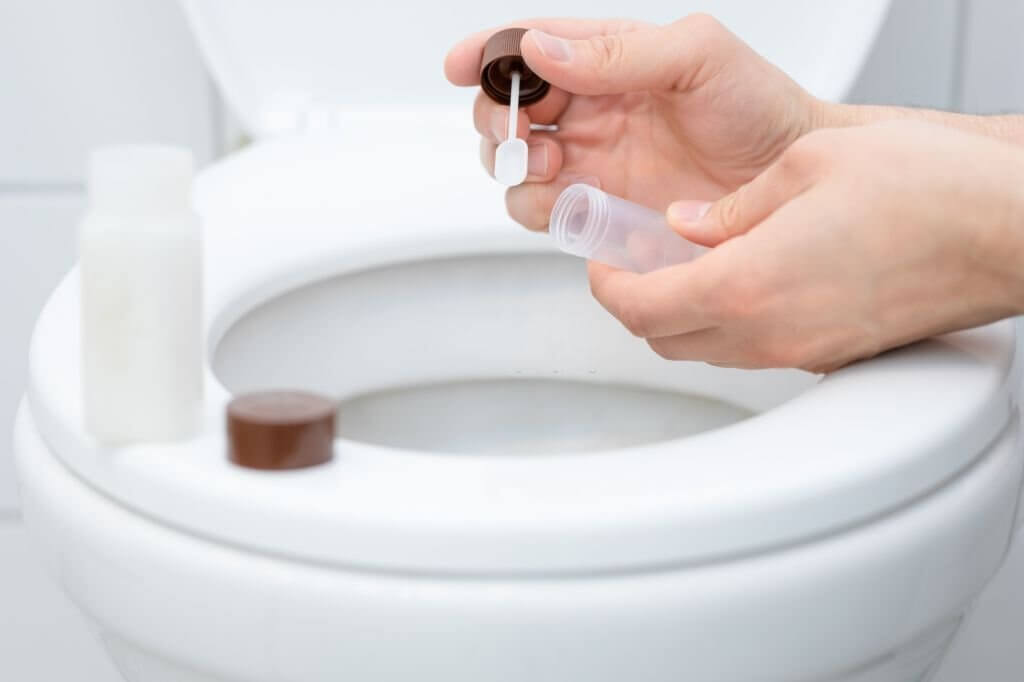News and Blogs
Stool Sample Collection Kits: Why Is It Important?

Standardized protocols are key for microbiome studies. A study in 2019 reviewed a 3-day at-home stool collection kit that enables multi-omics analysis, highlighting its utility for epidemiology and applications in cancer & global health research.
What is the human microbiome and why is it important?
The human microbiome refers to the trillions of microbes, including bacteria, viruses and fungi, that live in and on our bodies. Research in the past two decades has shown that these microbes play critical roles in human health and disease. The gut microbiome, which resides in the intestines, is the most extensively studied and seems to influence many diseases such as obesity, diabetes, autoimmune disorders, neurological conditions and even cancer. Studying the gut microbiome can help us understand the link between microbes and health, and develop diagnostic tests, treatments and preventive strategies.
Why is standardized stool sample collection important for microbiome research?
The gut microbiome composition can vary substantially between individuals due to factors like diet, lifestyle and genetics. To understand the link between the gut microbiome and disease, we need to conduct epidemiological studies on large populations. These studies require collection and analysis of stool samples from thousands of individuals. The method of stool sample collection is critical to get an accurate snapshot of the gut microbiome. Different collection methods can introduce bias and impact the results. Using standardized collection protocols across studies enables fair comparison of findings, which is key for progress in microbiome research.
What are the challenges with at-home stool sample collection?
In large population studies, asking individuals to collect their own stool sample at home is convenient. However, it poses challenges compared to on-site collection in clinics. First, the transit time from collection to freezing means the sample is exposed to room temperature for longer. Second, home freezers/refrigerators have temperature fluctuations during defrost cycles which can damage the microbial composition. Finally, participants may not comply with instructions fully. A good at-home protocol must address these issues.
How does the 3-day kit help meet challenges of at-home collection?
The kit uses three collection methods - FOBT card, RNAlater and ethanol - that preserve different components (DNA, RNA, metabolites) of stool for microbiome analysis. Each method maintains integrity for up to 3 days at room temperature before freezing. This allows participants time to collect the sample and for it to be transported without ice packs. Detailed illustrated instructions ensure proper collection technique. The kit is designed to be easy-to-use for participants to maximize compliance.
Why are multiple collection methods used instead of just one?
Different downstream analysis techniques require different preservation methods. Microbial composition analysis by 16S rRNA gene sequencing needs DNA, so FOBT cards work well. Metatranscriptomics looking at microbial gene expression requires RNA, hence RNAlater. Metabolomic profiling needs preservation of small metabolites, achieved through ethanol. Using three methods on the same stool sample allows the preserved material to be analyzed through multiple techniques - genomic, transcriptomic and metabolomic. This provides a more comprehensive profile of the gut microbiome.
How was the utility of this kit demonstrated in a cancer study?
The kit was used in a longitudinal study of late-stage lung cancer patients. 83% of patients approached agreed to participate, indicating good acceptance. 58% provided the baseline sample, showing there were some issues with compliance. Main reasons were constipation due to cancer treatment. 25% provided follow-up samples around 8 weeks after baseline. While compliance needs improvement, the kit enabled stool collection from cancer patients which would otherwise be very difficult. The ability to get samples from even 50% of such patients demonstrates value of the kit.
What are other applications where this kit could be useful?
The kit can enable microbiome research in any large population study where at-home collection is required. Some examples are - studying links between gut microbes and obesity by collecting samples from weight loss trial participants, investigating associations with childhood allergies and asthma by sampling infants and children, and gathering data across diverse geographical regions for global microbiome analysis. The kit is broadly applicable across epidemiological studies, especially when the target group has compliance issues.
Standardized stool collection protocols are indispensable for progress in microbiome research. The described 3-day collection kit, by enabling at-home sampling coupled with multi-omics preservation, can greatly facilitate large epidemiological studies and accelerate discovery of microbiome links to human health.
Click to View → Mantacc FB-YT01 Disposable Stool Sample Collection Kit
Reference
Hogue SR, Gomez MF, da Silva WV, Pierce CM. A Customized At-Home Stool Collection Protocol for Use in Microbiome Studies Conducted in Cancer Patient Populations. Microb Ecol. 2019 Nov;78(4):1030-1034. doi: 10.1007/s00248-019-01346-2. Epub 2019 Mar 30. PMID: 30929045; PMCID: PMC6768769.
Related Posts
Fecal Swab: Essential for Detecting Enteric Pathogens
Stool Sample Collection Kits: Methods and Challenges
Necessity of Fecal Sample Collection for Intestinal Parasite Diagnosis






